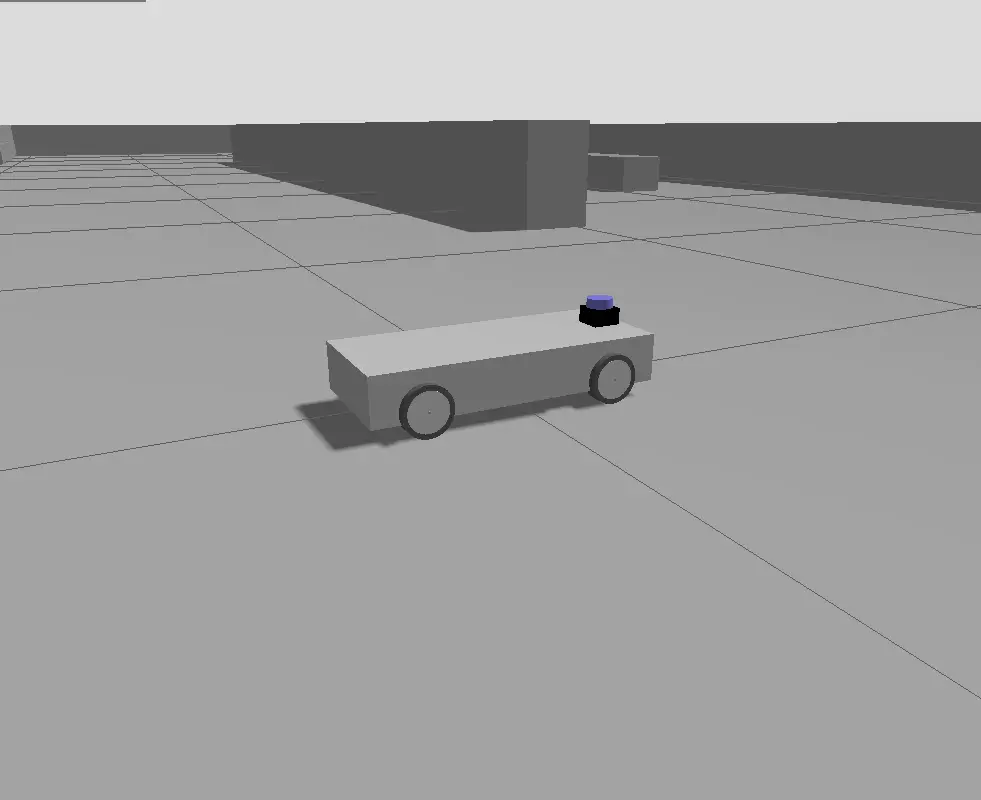
✨ ROS 2 C++ Debugging Setup with VS Code
For our developers working in robotics in Berlin with ROS
Seeing the road clearly is one of the most important skills for self-driving cars. Just like our eyes help us stay in our lane while driving, autonomous vehicles rely on cameras and computer programs to do the same.
One of the most helpful tools for this job is the Canny algorithm for edge detection. In this blog, we’ll explain what this algorithm is, how it works, and why it’s a key part of modern autonomous driving.
Canny edge detection is a technique used in computer vision to find the edges in an image. Edges are the parts of an image where the color or brightness changes quickly.
These changes help the computer figure out where objects begin and end. The Canny algorithm for edge detection was created by a scientist named John F. Canny in 1986. It’s still one of the most popular ways to help computers “see” the shape of things in pictures.
Here’s how the Canny algorithm works:
This step-by-step process makes the Canny algorithm very good at detecting clear, useful edges in a picture, such as the white or yellow lines on a road.
In autonomous driving, one of the most important tasks is keeping the vehicle in its lane. To do this, the car must recognize the road’s boundaries, lane markings, and any curves or turns ahead. Canny edge detection helps the vehicle find these markings, even if they’re faded or partly hidden.
Let’s say a camera on the front of the car captures an image of the road. The image is sent to the vehicle’s computer. The computer uses the Canny algorithm to find all the sharp edges.
Among these edges, the ones that look like lane markings are picked out. This allows the car to know exactly where it is on the road and where it needs to go next.
This kind of technology is a key part of any autonomous robotics course that teaches about how self-driving cars work. Students learn how edge detection works and how it can be used to make smart driving decisions.
Self-driving cars are vehicles that can drive themselves without a person controlling the wheel, brake, or gas. They use sensors like cameras, radars, and lidars to understand the world around them. They also use computer programs and artificial intelligence to make decisions.
Autonomous driving technology helps cars detect traffic signs, follow other cars, stop at red lights, and avoid hitting things. One of the biggest challenges for these cars is understanding what they “see” using their cameras. That’s where techniques like the Canny algorithm for edge detection come in handy.
Self-driving cars need to know what part of the image is the road, where the lanes are, and if there’s anything in the way. Canny edge detection helps highlight all the useful shapes and lines in an image, making it easier for the car to make the right choices.
The Canny algorithm is still widely used because it does its job very well. It’s fast, accurate, and works in many different situations. Whether the road is dry or wet, bright or shady, the Canny algorithm can still find the lane lines and road edges. This makes it very reliable for real-world use in autonomous driving.
In an autonomous robotics course, students learn how to work with different types of data and software tools. Canny edge detection is often one of the first image processing methods they study because it’s simple to understand and very effective.
Another reason why this algorithm is so useful is that it doesn’t need fancy hardware. Even with a basic camera and a regular computer, it can still work well. That means it’s not just for big companies, it can also be used in school projects, small research labs, or personal experiments.
At RobotX Workshops, we believe anyone with a passion for learning can get started in this exciting field. That’s why we offer our hands-on autonomous robotics course that teaches the basics of vision-based driving. This includes using the Canny algorithm for edge detection as part of our computer vision lessons.
The course lasts six weeks and includes both online and on-site classes. You’ll learn how to use cameras, write Python code, work with ROS2 (a popular robotics system), and even run your own vehicle on a track.
To join, you should know some Python programming, basic math, and how to use a computer. You’ll also need a computer with at least 16GB of RAM, a multi-core processor, and a graphics card that supports OpenGL. If you don’t have one, we can provide a virtual machine at an extra cost.
The cost of the course is €550. This includes all teaching materials, software tools, and access to our learning platform. By the end, you’ll understand how self-driving cars make decisions and how you can help build the future of autonomous driving.
Canny edge detection might seem like a small piece of the puzzle, but it plays a big role in helping autonomous vehicles stay on track. By finding the edges of the road, lane markings, and other important features, this tool helps make self-driving cars safer and smarter.
As we continue to improve autonomous driving technology, techniques like the Canny algorithm will remain at the heart of the process. In our autonomous robotics course, we make sure learners understand not just how to use these tools, but why they matter.
Whether you’re just curious about how self-driving cars work, or you’re ready to dive deep into the world of robotics, understanding edge detection is a great place to start.
Through our Robotics Courses Berlin, you’ll also see how these ideas connect with real vehicles and simulations, making learning fun and practical. We don’t just talk about theory, we show you how to apply it in real-world settings.
So the next time you see a self-driving car smoothly following the road, you’ll know there’s a good chance the Canny algorithm is helping it see clearly and drive safely.
Andrew
For our developers working in robotics in Berlin with ROS

The world of robotics is undeniably exciting, and getting hands-on